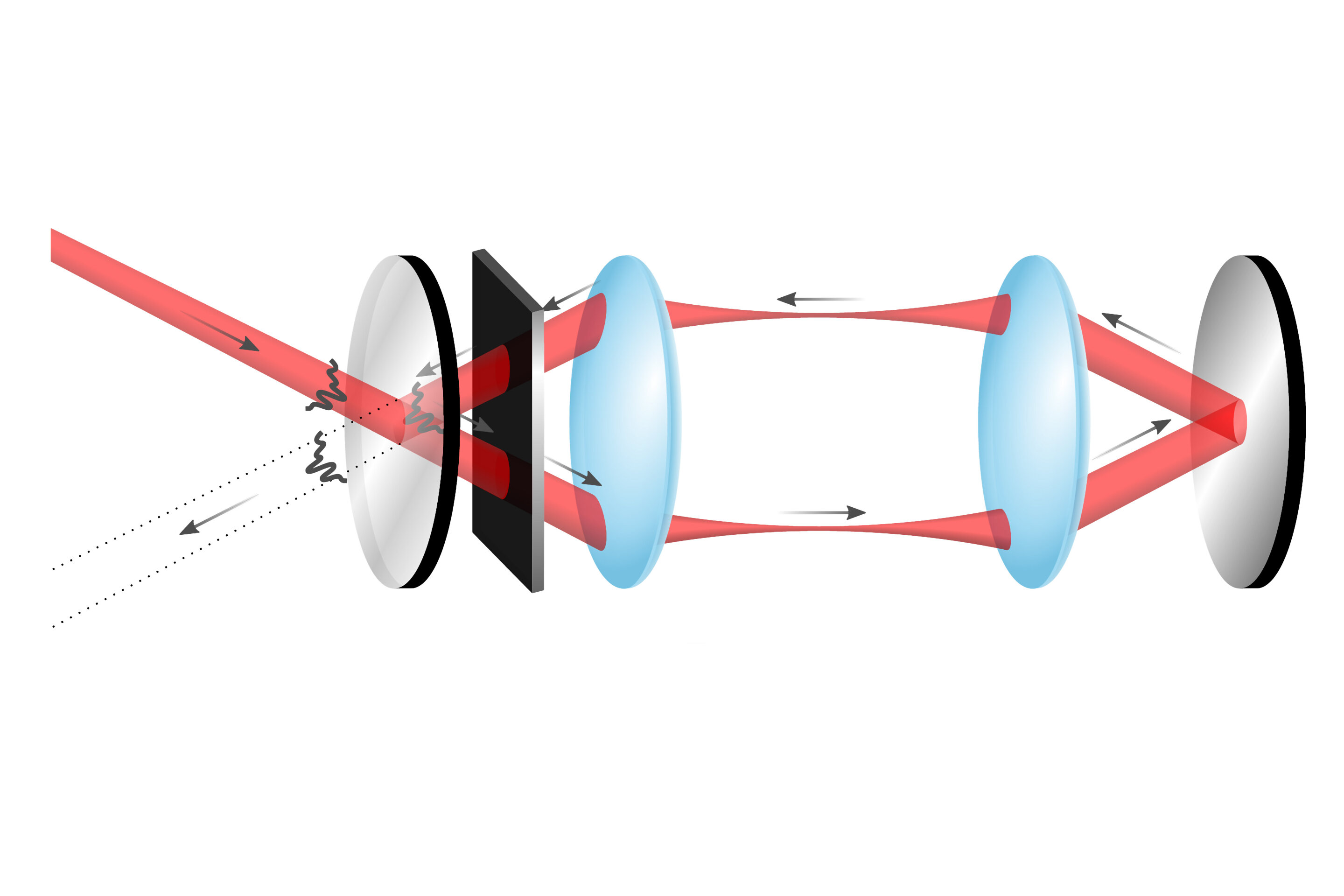Scientists at the University at Buffalo have made a monumental stride in the realm of superconductivity by developing the world’s highest-performance high-temperature superconducting (HTS) wire segment. This groundbreaking achievement marks a significant leap forward in harnessing the potential of superconductors—materials that conduct electricity with zero resistance when cooled to specific temperatures.
Record-Breaking Performance
The research team, led by Professor Amit Goyal, has created a REBCO-based wire that surpasses all previous records in terms of critical current density and pinning force. These metrics are crucial for determining a wire’s capacity to conduct electricity without energy loss and its ability to maintain superconductivity under magnetic fields.
A New Class of Superconductors
What sets this breakthrough apart from previous advancements is the wire’s classification as a high-temperature superconductor. While still requiring extremely cold conditions, HTS materials operate at significantly higher temperatures than conventional superconductors. Consequently, this increased operational range brings us closer to realizing the practical applications of this revolutionary technology.
Future Implications
Furthermore, the research findings were published in the prestigious journal Nature Communications, marking a major milestone in the field of superconductivity. The significance of this breakthrough lies in the potential applications of superconducting materials. With zero electrical resistance, these materials can transmit electricity without energy loss, leading to more efficient power grids. Additionally, they are crucial for developing powerful magnets used in MRI machines, particle accelerators, and fusion reactors.
As researchers continue to refine HTS wire production and explore new materials, we can anticipate a future where superconductivity becomes an integral part of our daily lives.
Nidhi is a gold medalist Post Graduate in Atmospheric and Oceanic Sciences.







